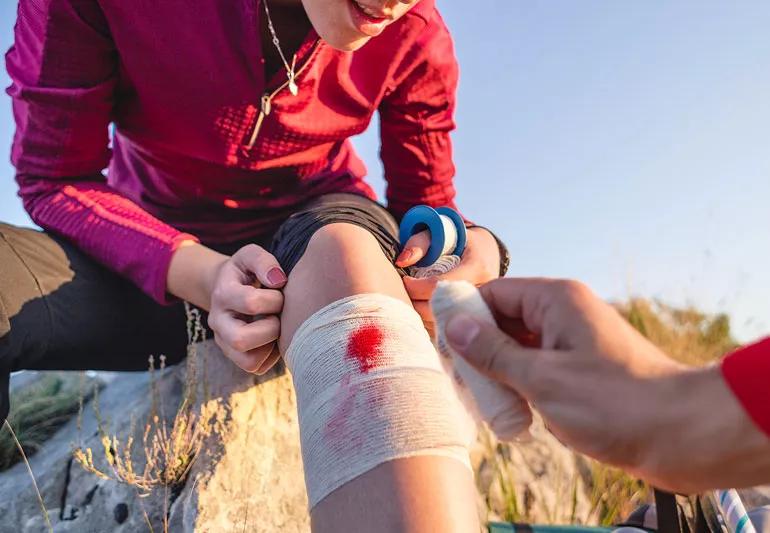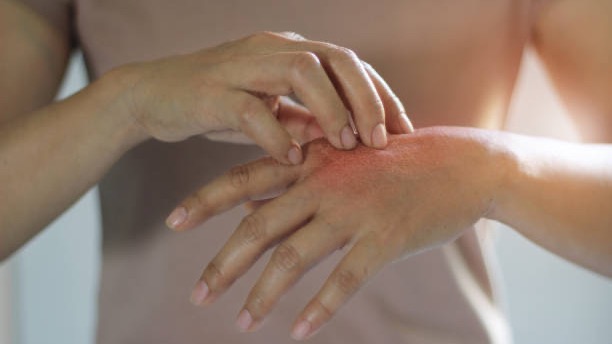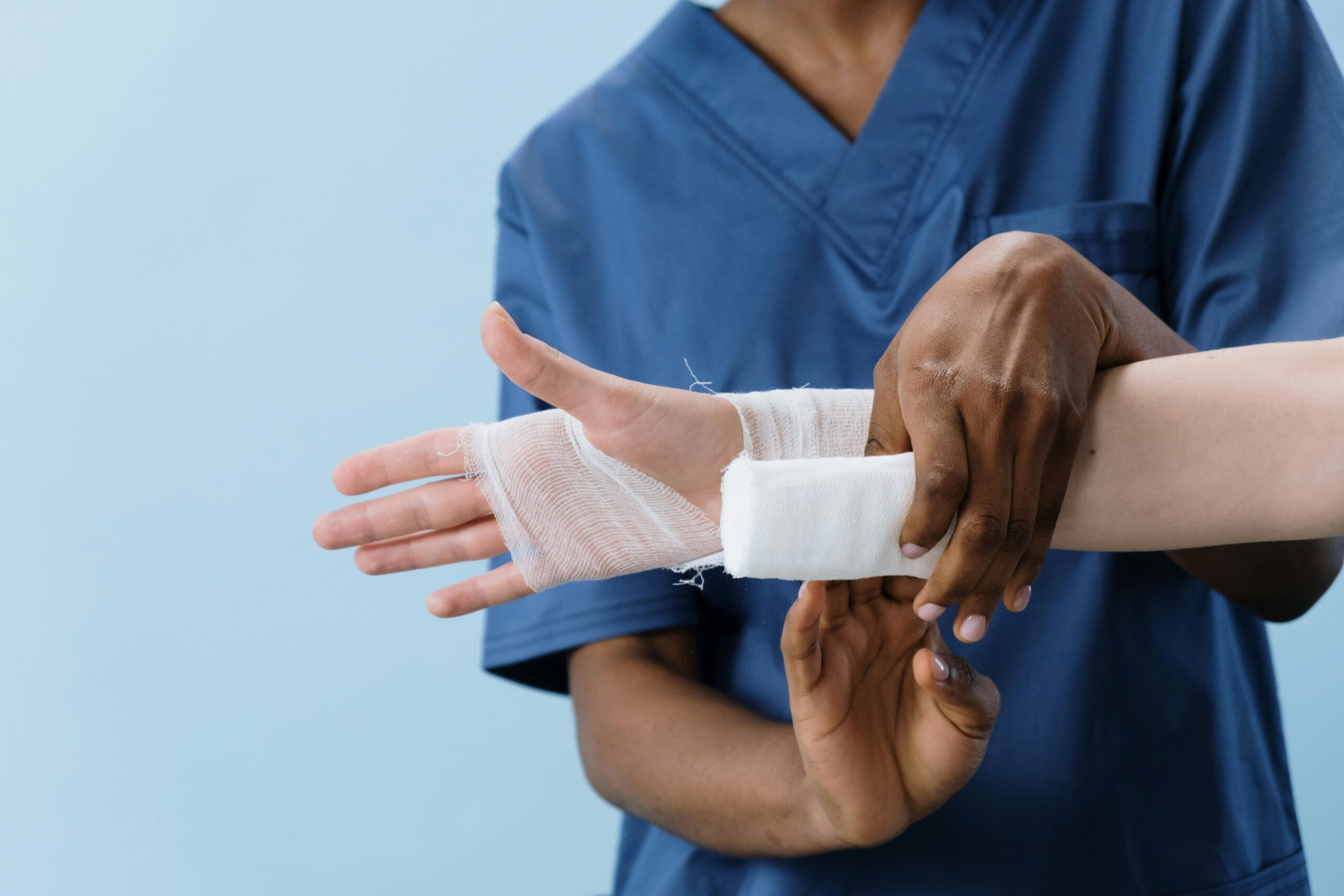Postoperative care begins at the end of the operation and continues in the recovery room and throughout the hospitalization and outpatient period. Critical immediate concerns are airway protection, pain control, mental status, and wound healing. Other important concerns are preventing urinary retention, constipation, deep venous thrombosis (DVT), and blood pressure variability (high or low). For…

What To Eat When You’re Trying to Heal
Food is the fuel that keeps your body running — and nutritional food is the fuel that keeps your body running well. What you eat impacts your energy levels, your immune system, your strength and even how quickly your wounds heal.AdvertisementCleveland Clinic is a non-profit academic medical center. Advertising on our site helps support our mission. We do…

Wound Care: How to Care for an Open Wound
Minor cuts, scrapes and burns are common injuries. But do you know the best way to treat those wounds at home?AdvertisementCleveland Clinic is a non-profit academic medical center. Advertising on our site helps support our mission. We do not endorse non-Cleveland Clinic products or services. PolicyNurse practitioner Evan Minior, CNP, explains the best way to…

Post-operative wound management
Background Optimal management of post-operative wounds in the community is important to prevent potential complications such as surgi-cal-site infections and wound dehiscence from developing. As such, general practitioners, who play an important part in the sub-acute management of post-operative wounds, should appreciate the physiology of wound healing and the principles of post-operative wound care.Objective The…

Arterial vs Venous Ulcers: Diagnosis, Treatment, Symptoms & More
OverviewArterial and venous ulcers are two kinds of open sores found on the body. They often form on the lower extremities, such as the legs and feet. Arterial ulcers develop as the result of damage to the arteries due to lack of blood flow to tissue. Venous ulcers develop from damage to the veins caused…

Effective Wound Management For Arterial Ulcers
Lower extremity ulcers are a common occurrence in individuals aged over 60. A combination of risk factors and disease processes in these individuals impact the wound healing stages, which leads to the development of chronic, non-healing ulcers. Arterial ulcers account for 8-10% of all lower extremity ulcers. [1] However, the prevalence might be significantly underreported…

How to Know if Your Burns Are Healing Properly
Contraction is a normal part of the healing process whenever your skin suffers trauma, but for burn victims, it can hinder the burn healing process, especially over and around joints. Serious burns also damage the tiny glands under our skin that produce sweat and help regulate our body temperatures. Conversely, as your burns heal, you…

Why Wound Hygiene?
Introduction Wounds affect patients across the global health continuum. In 2019, one study found that approximately 2% of the United States’ population has been affected by chronic wounds.1 Proper wound hygiene remains one of the most important tenets to optimize healing outcomes in hard-to-heal wounds. Proper wound hygiene may help reduce the likelihood of infection,…

Nutrition Guide During Wound Healing

How To Cleanse, Irrigate, Debride, and Dress Wounds
Wound hygiene (eg, cleansing, irrigation, and debridement), including thorough examination of the wound and surrounding tissues, promotes uncomplicated healing of traumatic skin wounds and is required prior to wound closure. Wound healing is impaired by various factors (eg, bacterial contamination, foreign bodies, wound ischemia, host factors). All traumatic wounds are assumed to be contaminated. The…

